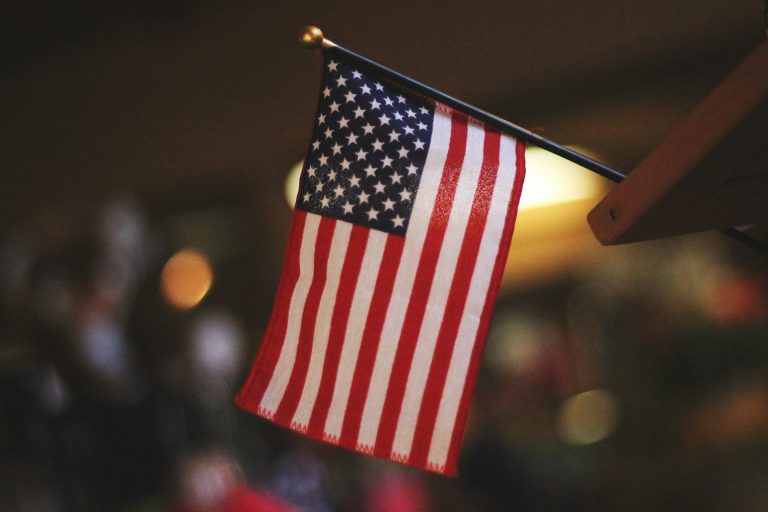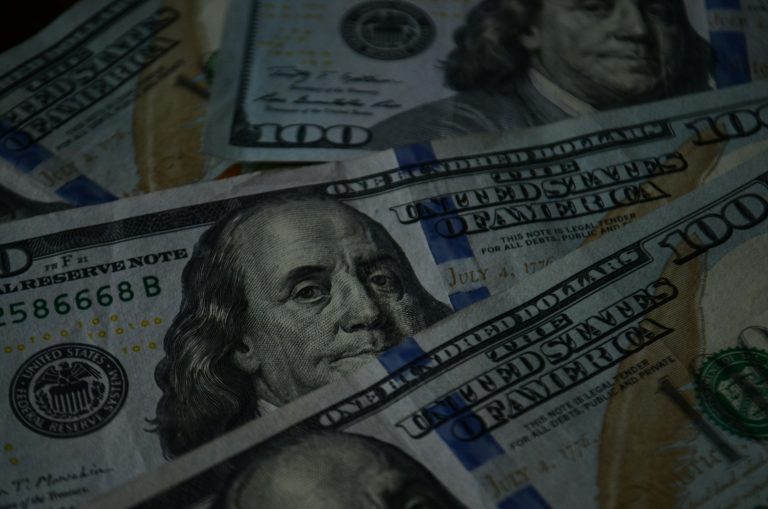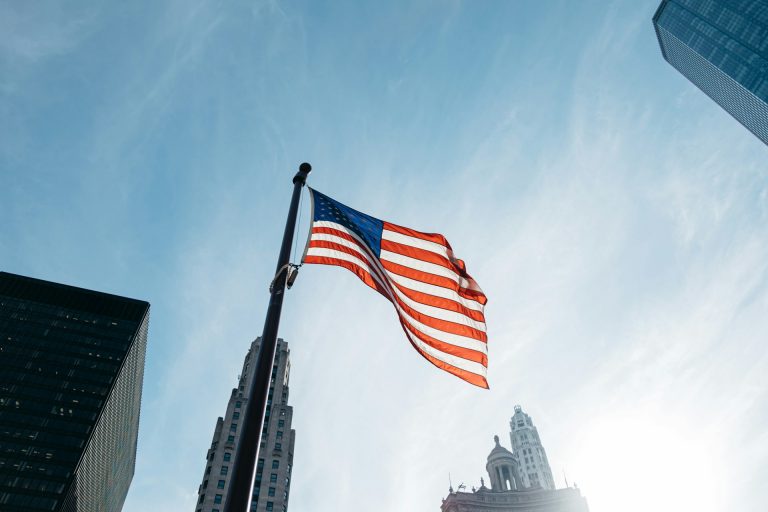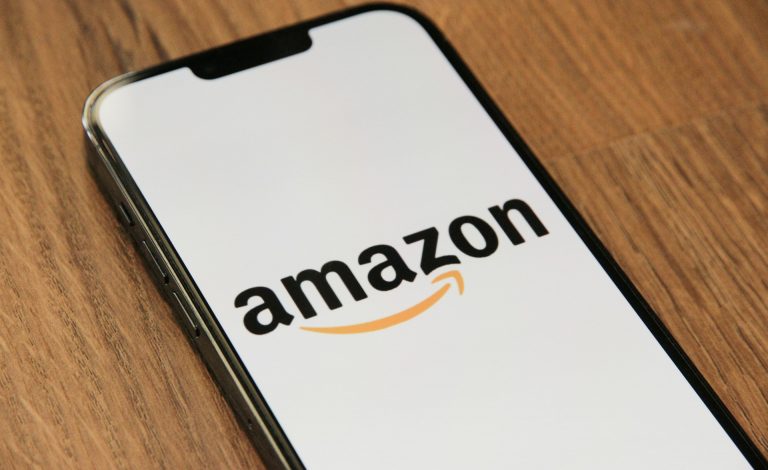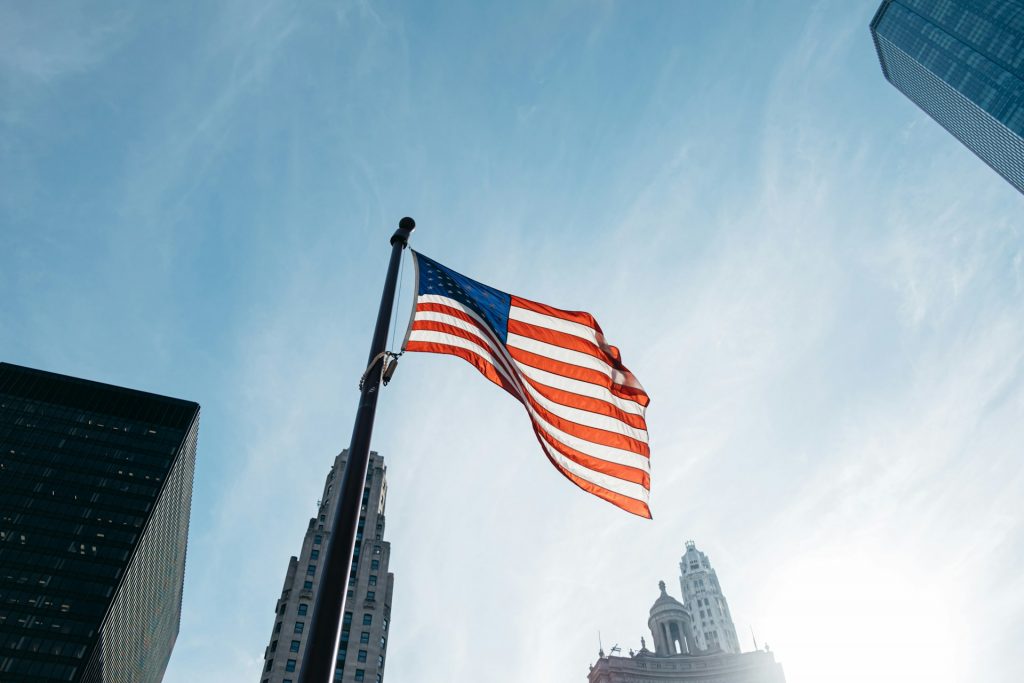
Widespread Tariff Adjustments Announced Ahead of Deadline
On July 31, just one day before the suspension of reciprocal tariffs was set to expire, the Trump administration unveiled its final tariff rates for 69 U.S. trading partners. While most countries will face a minimum tariff of 10%, those that failed to reach trade agreements with Washington will be hit with significantly higher rates.
According to Reuters and Bloomberg, President Donald Trump signed an executive order updating the previously announced reciprocal tariff rates, taking into account the outcomes of trade negotiations with major partners such as South Korea. A senior White House official explained that countries were classified into three groups: those with a trade surplus with the U.S. will be taxed at 10%; countries with a slight deficit at approximately 15%; and those that failed to reach a deal and hold a significant trade deficit with the U.S. will face even higher tariffs.
South Korea Among 40 Countries Facing 15% Tariff
The executive order outlined that only three territories— the United Kingdom, Brazil, and the Falkland Islands—received the minimum 10% tariff. However, Brazil will ultimately face a total of 50% after being hit with a separate 40% tariff the day prior.
A total of 40 countries, including South Korea, Japan, the European Union, Norway, Iceland, Israel, and several African nations, will be subject to a 15% tariff. These nations reportedly pledged significant U.S. investments or agreed to broader market access during negotiations.
Meanwhile, countries that failed to reach any trade agreement with the U.S. were slapped with tariffs above 15%. Syria received the highest rate at 41%, followed by Laos and Myanmar (40%), Switzerland (39%), Serbia and Iraq (35%), and a group including Libya, Algeria, South Africa, and Bosnia (30%). Other countries like India, Kazakhstan, Moldova, Brunei, and Tunisia will pay 25%, while Taiwan, Vietnam, Bangladesh, and Sri Lanka face 20%. Southeast Asian nations such as Thailand, Malaysia, the Philippines, Indonesia, Pakistan, and Cambodia will pay 19%, with Nicaragua at 18%.
President Trump remarked that some countries “participated in negotiations but failed to offer terms that adequately address trade imbalances or align with U.S. economic and national security interests.”
Special Measures Against Canada and Brazil
Certain nations received tariffs through separate executive orders. Canada saw its tariff rate on fentanyl-related goods increase from 25% to 35%, with the White House citing Ottawa’s lack of cooperation in stemming fentanyl exports to the U.S. Brazil, meanwhile, was hit with an additional 40% tariff due to political tensions, bringing its total tariff rate to 50%.
Mexico was given a temporary reprieve. Trump announced that the current 25% tariff on Mexican goods would remain in place for 90 more days, stating on Truth Social that he had just completed a successful call with Mexican President Claudia Sheinbaum. Despite prior threats to raise tariffs to 30% over immigration and drug trafficking concerns, Trump confirmed that existing terms would continue during the 90-day extension, with further negotiations expected.
Pressure on Pharmaceutical Giants to Slash U.S. Drug Prices
In a parallel move, President Trump also turned his focus to the pharmaceutical sector. On July 31, he sent an open letter to 17 major global pharmaceutical companies, demanding that they reduce drug prices in the U.S. within 60 days.
Posting the letter to Truth Social, Trump specifically called out companies like Novo Nordisk, Eli Lilly, and GSK. He argued that these firms charge two to three times more in the U.S. than they do in other developed countries and demanded prices be brought down to “the lowest level charged in advanced economies.”
The letter criticized previous proposals from drugmakers as insufficient, accusing them of trying to deflect responsibility rather than address the issue. Trump outlined clear demands: pharmaceutical firms must apply the “Most Favored Nation” (MFN) pricing standard—meaning the lowest price offered among developed nations—to all drugs available to Medicaid recipients.
Trump initially introduced the MFN pricing model in an executive order signed back in May, defining it as the lowest price paid by any country whose GDP per capita is at least 60% that of the U.S., according to the OECD.
In addition to Medicaid, Trump urged drugmakers to extend MFN pricing to Medicare recipients and private insurance holders, while also calling on companies to reinvest profits earned abroad back into care for U.S. patients and taxpayers.
Trump stated that applying MFN pricing across the board would force pharmaceutical companies to negotiate more aggressively with countries that currently benefit from lower drug prices. He also proposed that the U.S. directly purchase bulk prescription drugs at MFN rates to ensure fairer domestic pricing.
“If you fail to act,” Trump warned, “I will use every available tool to protect American families from continued price gouging.”
Reactions and Controversy
The U.S. media outlet Axios noted that Trump’s MFN pricing model remains controversial. It pointed out that the MFN formula targets the lowest drug prices among OECD countries with at least 60% of the U.S. per capita GDP—a method that could drastically alter global pharmaceutical pricing dynamics.
As the Trump administration intensifies its focus on trade imbalances and domestic healthcare costs, both international trading partners and multinational corporations are now under heightened pressure to renegotiate terms or face severe financial consequences.
